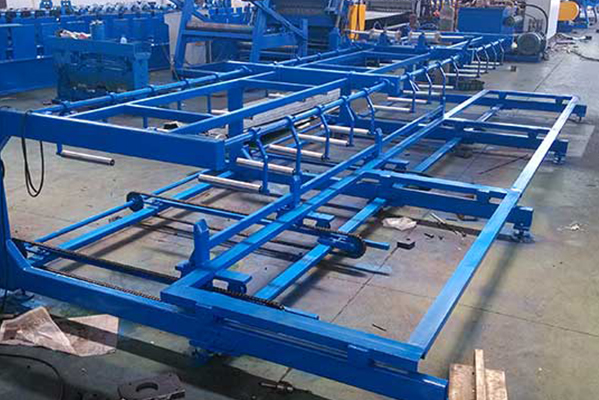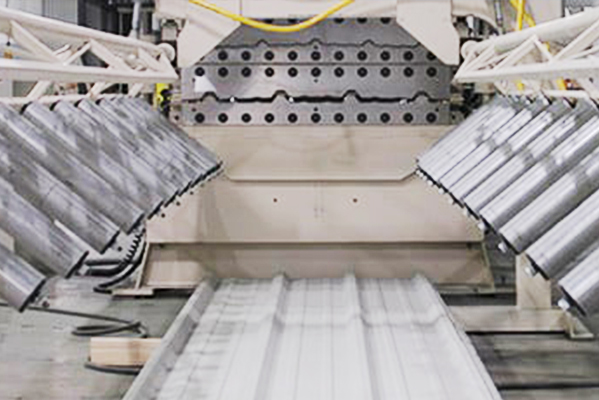Navigation Menu
Contact Us
- Email:
- info@wxavatar.com
- Address:
- Yurong Village, Yuqi Street, Huishan District, Wuxi, China.
Release Date:Apr 07, 2025 Visit:48 Source:Roll Forming Machine Factory
An auxiliary device is a secondary piece of equipment that supports the primary functions of a larger system. Unlike core machinery, which performs the main operations, auxiliary devices enhance performance, safety, and efficiency. These devices are essential in industries such as manufacturing, computing, automotive, and healthcare, where they play a crucial role in optimizing workflows and preventing failures.
Types of Auxiliary Devices
Auxiliary devices vary widely depending on their application. Some common examples include:
1. Industrial Auxiliary Devices
Conveyor Belts & Hoists – Assist in material transport within factories.
Cooling Systems – Prevent overheating in machinery (e.g., industrial chillers).
Lubrication Systems – Ensure smooth operation of mechanical parts.

2. Computing & Electronics
Uninterruptible Power Supplies (UPS) – Provide backup power to computers.
External Hard Drives & Network Attached Storage (NAS) – Expand data storage capacity.
Printers & Scanners – Support document management in offices.
3. Automotive & Transportation
Turbochargers & Superchargers – Enhance engine performance.
Parking Sensors & Backup Cameras – Improve driver safety.
Onboard Diagnostics (OBD) Systems – Monitor vehicle health.
4. Medical & Healthcare
Ventilators & Oxygen Concentrators – Assist patient breathing.
Infusion Pumps – Deliver controlled doses of medication.
Diagnostic Monitors – Track vital signs alongside primary treatment devices.
Functions of Auxiliary Devices
Auxiliary devices serve several key purposes:
Enhancing Performance – Improving speed, accuracy, or output (e.g., cooling fans in computers).
Ensuring Safety – Preventing accidents (e.g., emergency shutoff switches).
Extending Lifespan – Reducing wear and tear on primary machinery (e.g., lubrication systems).
Providing Backup Support – Ensuring continuity during failures (e.g., backup generators).
Importance of Auxiliary Devices
Without auxiliary devices, many systems would face:
Higher Downtime – Increased risk of malfunctions.
Reduced Efficiency – Slower or less precise operations.
Greater Safety Risks – More workplace hazards.
Industries rely on these devices to maintain smooth, cost-effective, and reliable operations.

Future Trends in Auxiliary Devices
Advancements in technology are shaping the future of auxiliary devices, including:
Smart & IoT-Enabled Devices – Self-monitoring systems that alert users to issues.
Energy-Efficient Designs – Reducing power consumption in industrial and electronic applications.
Miniaturization – Smaller, more portable auxiliary tools for medical and tech applications.
Conclusion
Auxiliary devices may not be the primary focus of a system, but they are indispensable for optimal performance. From industrial machines to everyday electronics, these devices ensure efficiency, safety, and reliability. As technology evolves, auxiliary devices will continue to play a vital role in advancing modern systems.